There are names that are fated: Stone (Staffordshire, Western Midlands, UK) is one of them! On May 6th, 2024, 03h 00min UT (04h 00min BST*), a bright fireball was witnessed by a few people, due to cloudy skies (Event #2256-2024), but it was nonetheless recorded by UKFAll network. Those recordings allowed the calculation of the remaining mass of the meteoroid: 200 to 600g may have survived the atmospheric entry. Meteorite hunting was conducting by 30 people conducted by the Universities of Glasgow and Manchester for 2,5 days, but without positive results.
*BST: British Summer Time
If you witnessed this event and/or if you have a video or a photo of this event, please
Submit an Official Fireball Report
If you want to learn more about Fireballs: read our Fireball FAQ.
A bright fireball poorly observed due to weather
On May 5-6 night, most of Western parts of the United Kingdom were cloudy, which explains why the nearly -8 mag. and 6 second-lasting fireball was not widely observed (only 4 reports for event #2256-2024, Figure 1). Fortunately, video meteor networks were active and many stations recorded the meteoric event (Figure 2a- to 2d-), especially those from the UK Fireball Alliance (UKFall), from which 4 SCAMP and 7 GMN cameras. Those recording allowed to accurately calculate the atmospheric path of the meteoroid (Figure 3). The orbit of the object was quite unusual: the meteoroid had an orbit very similar to Earth (Figure 4). It entered the Earth at a very low velocity (close to 12 km/s), with a North-North-East to South-South-West direction (azimuth = 210°) with a steep angle of 21° relative to the vertical. It was visible during 67 km of its atmopsheric path, which in only 25 km long when projected on the Earth surface.
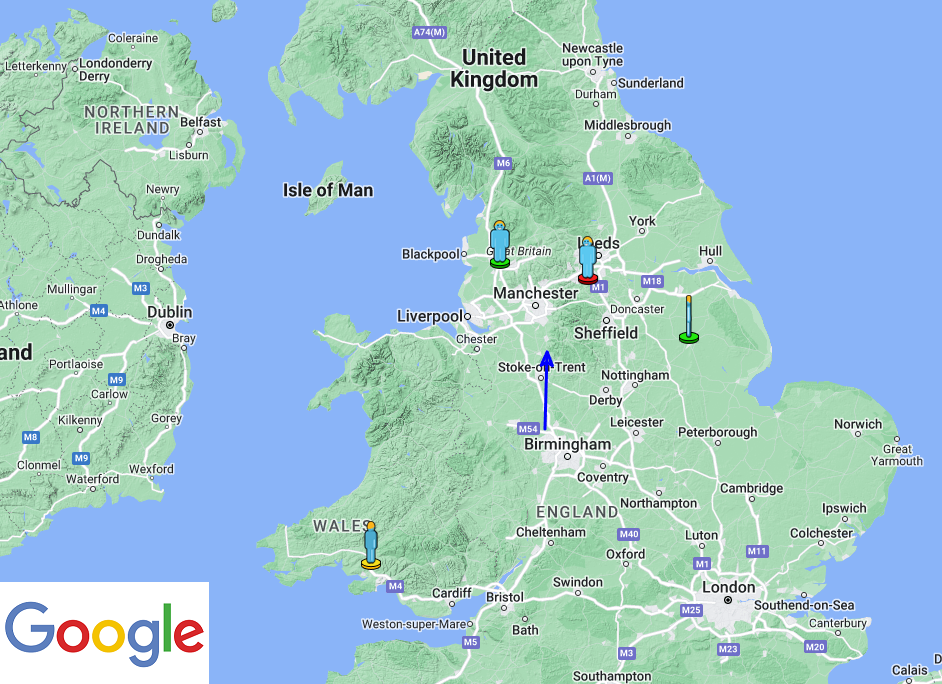
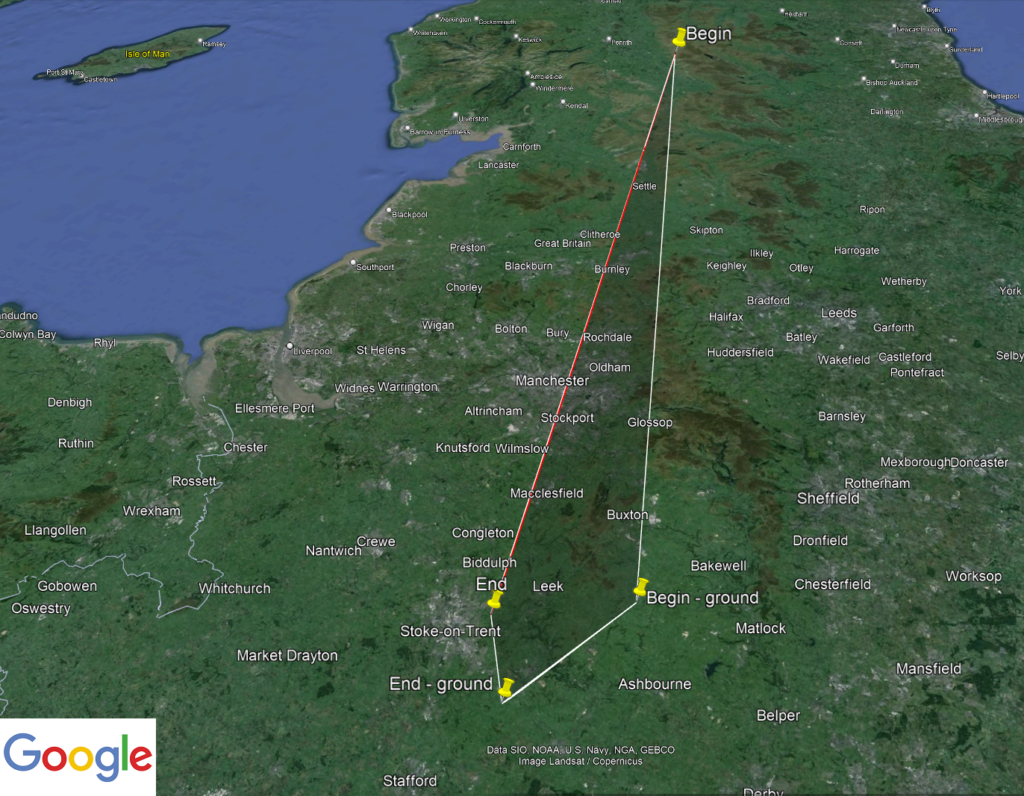
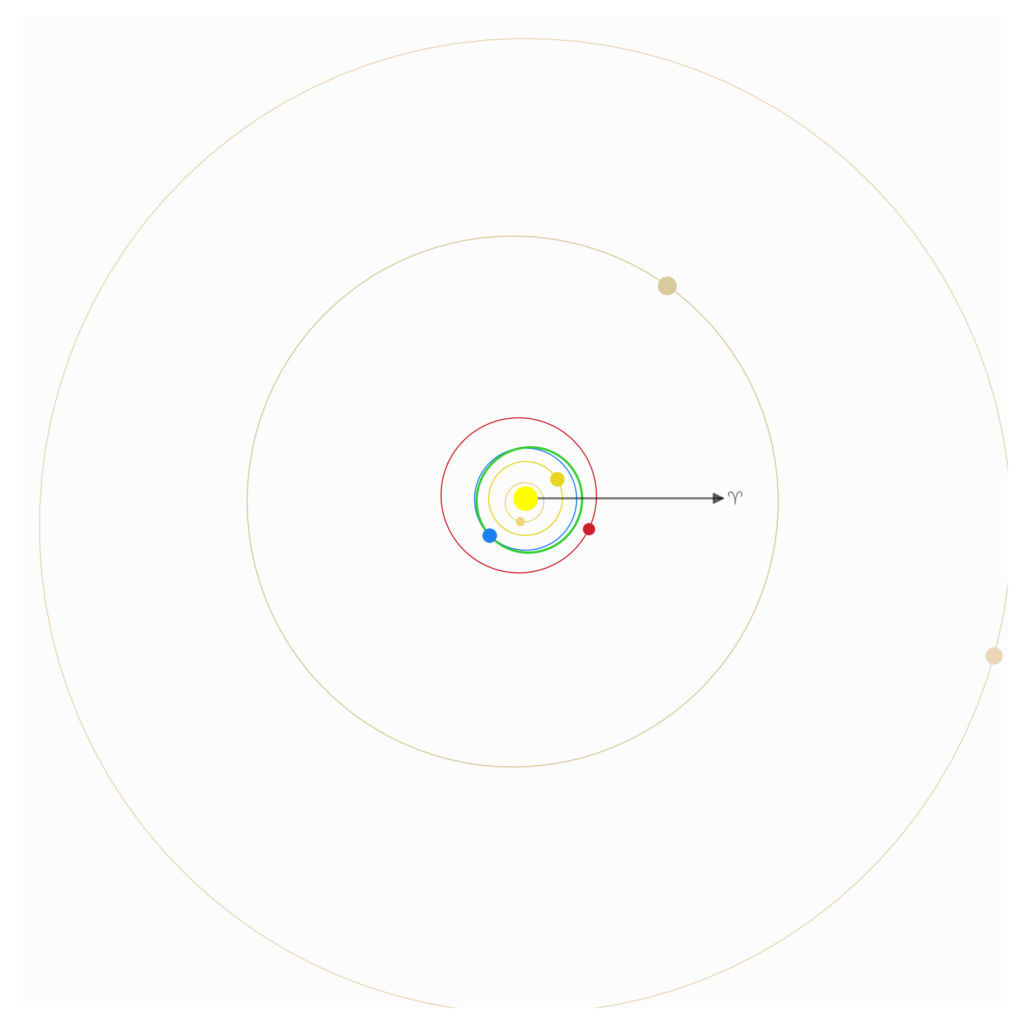
Stoneless meteorite hunt
Calculations conducted by Denis Vida and the engaged teams indicate that 200 to 600 g of rock may have survived the atmospheric entry and lay on the ground, near the city of Stone, South-East of Stoke-on-Trent (Staffordshire, Western Midlands, UK). A team of more than 30 volunteer for meteorite hunting (Figures 6 to 8) was conducted by the Universities of Liverpool and Manchester on the steewn field located close to the city of Stone (Figure 5) during 2,5 days, focusing on small frgaments in favorable environments. But it remained unfortunately unsuccessfull, but may you have a walk in the area, please keep an eye on the ground!
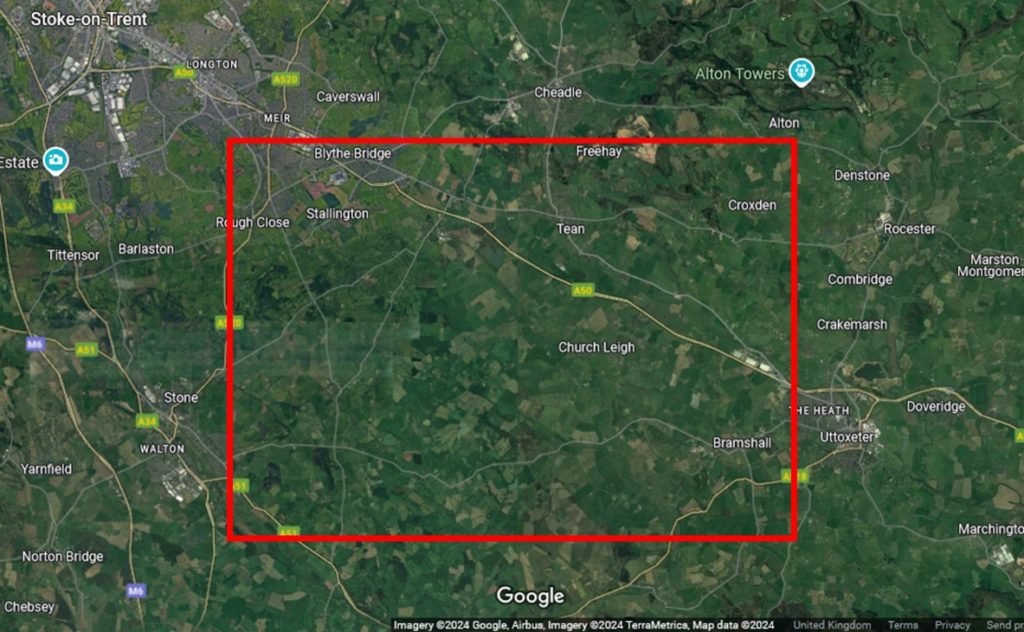

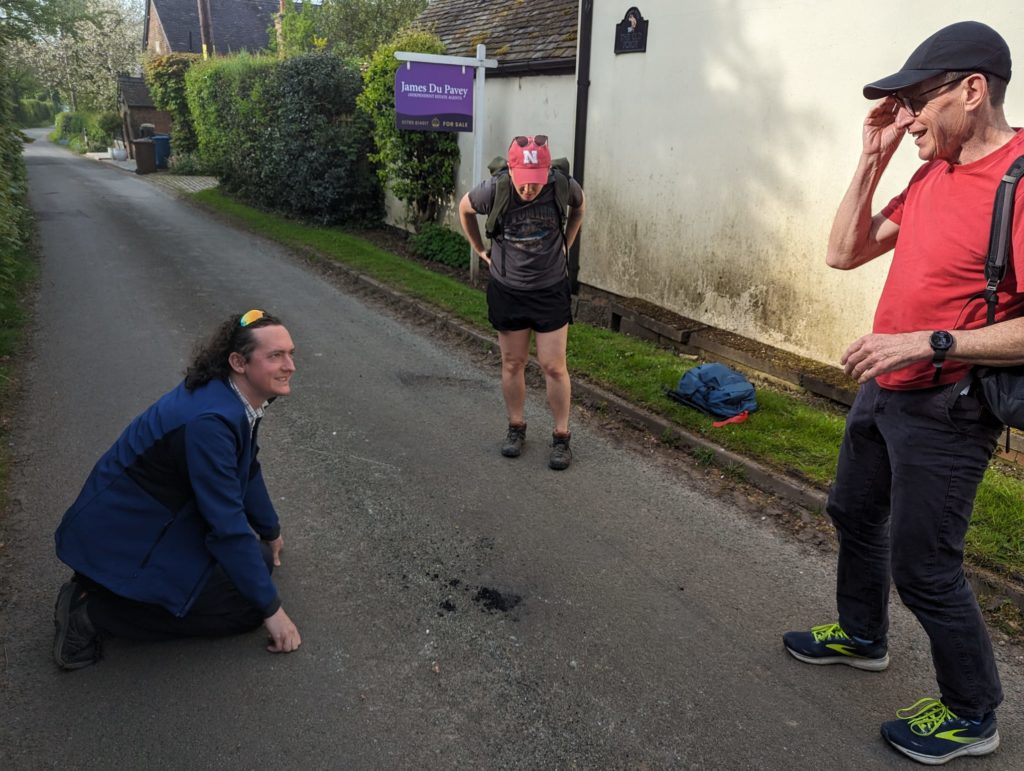

Fireball, Bolide?
Several thousand meteors of fireball magnitude occur in the Earth’s atmosphere each day. The vast majority of these, however, occur over the oceans and uninhabited regions, and a good many are masked by daylight. Those that occur at night also stand little chance of being detected due to the relatively low numbers of persons out to notice them.
Additionally, the brighter the fireball, the more rare is the event. As a general thumb rule, there are only about 1/3 as many fireballs present for each successively brighter magnitude class, following an exponential decrease. Experienced observers can expect to see only about one fireball of magnitude -6 (crescent moon) or better for every 200 hours of meteor observing, while a fireball of magnitude -4 (Venus) can be expected about once every 20 hours or so.
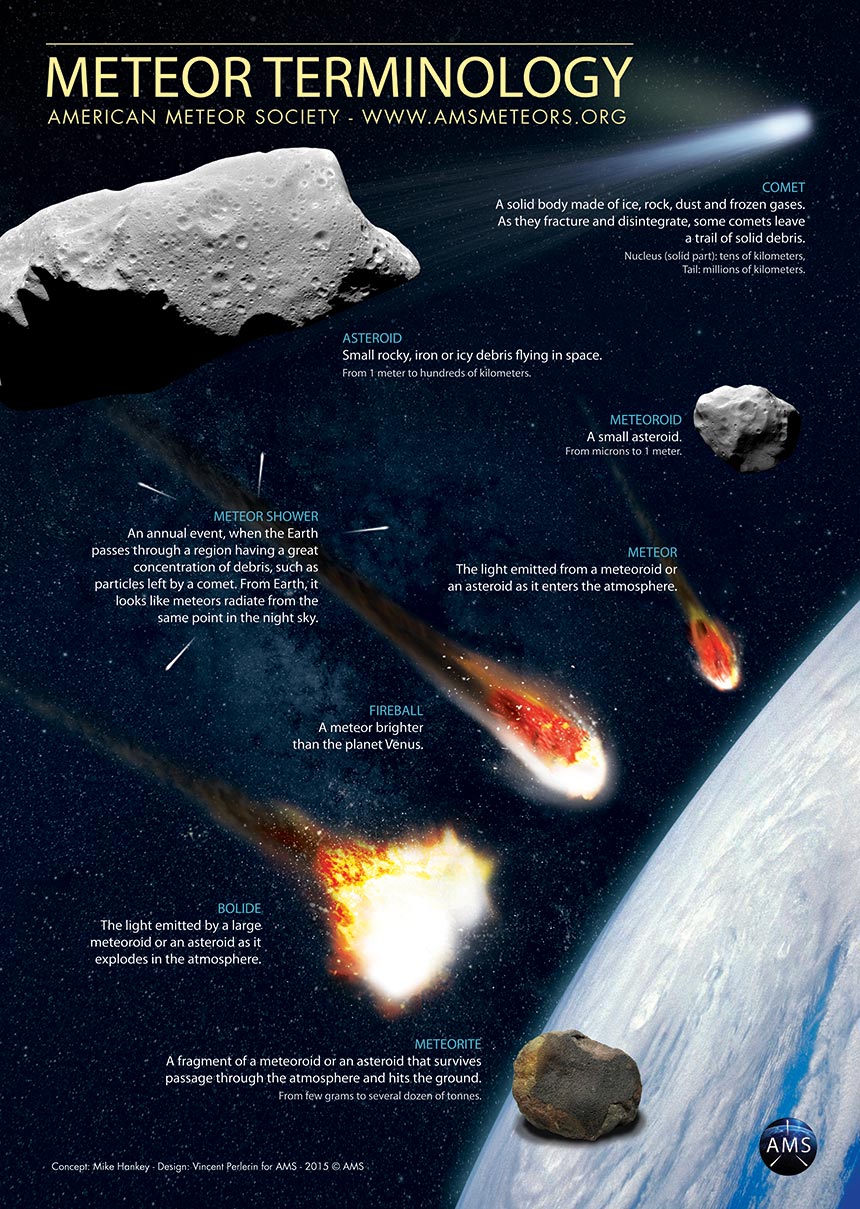


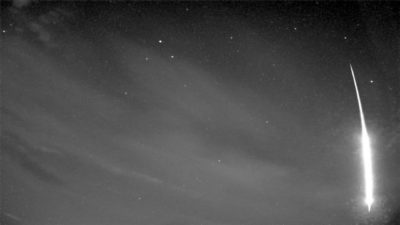
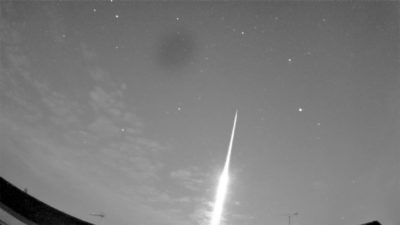
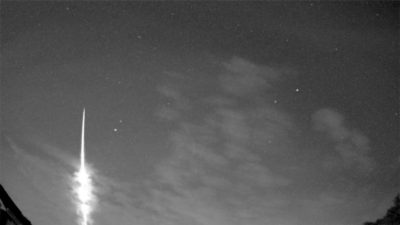
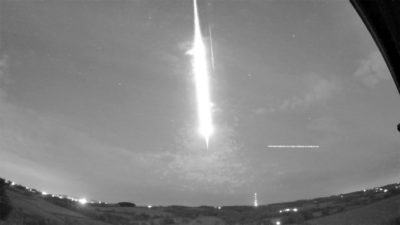


 You saw something bright and fast? Like a huge shooting star? Report it: it may be a fireball.
You saw something bright and fast? Like a huge shooting star? Report it: it may be a fireball.  You counted meteors last night? Share your results with us!
You counted meteors last night? Share your results with us!  You took a photo of a meteor or fireball? You have a screenshot of your cam? Share it with us!
You took a photo of a meteor or fireball? You have a screenshot of your cam? Share it with us!  You caught a meteor or fireball on video? Share your video with us!
You caught a meteor or fireball on video? Share your video with us!